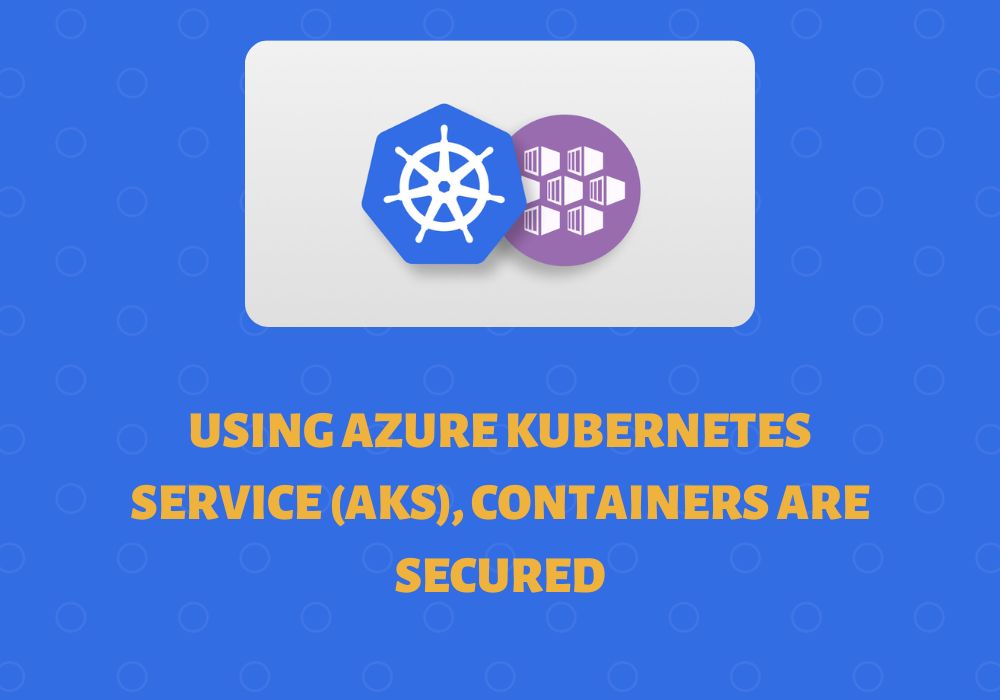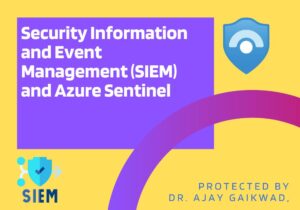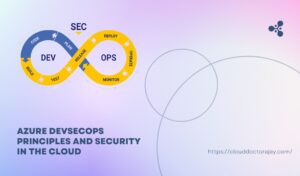Introduction: Azure Kubernetes Service
The way applications are designed, deployed, and managed has been completely transformed by containerization. Microsoft Azure’s Azure Kubernetes Service (AKS) is a managed Kubernetes container orchestration platform.
With a variety of security capabilities to guard your container workloads, it enables you to create, manage, and grow containerized applications using Kubernetes. Here is a thorough explanation of Azure Kubernetes Service’s (AKS) container security considerations:
5 Best Project Management Software In 2023
1. Image Vulnerability Scanning:
It’s crucial to check container images for vulnerabilities before deploying them. Before deploying your images, use the image scanning tools provided by Azure Container Registry to find and fix any security holes and compliance problems.
2. Role-Based Access Control (RBAC):
To regulate access to Kubernetes resources, AKS-Azure Kubernetes Service uses RBAC. To make sure that only those with the proper authorization may access and control resources, it lets you set fine-grained permissions for users and groups.
3. Network Security:
Using Kubernetes Network Policies, AKS enables you to isolate and protect your Kubernetes pods. Network traffic between pods can be managed based on set policies, improving security and lowering the attack surface.
4. Network Policies:
By imposing rules for ingress and egress traffic, Kubernetes Network Policies improve security by regulating communication between pods. With the help of AKS (Azure Kubernetes Service), you may create and enforce network segmentation thanks to the Network Policy API.
5. Integrating AKS with Azure Active Directory (Azure AD):
for authentication and permission is possible. This improves identity security by allowing you to utilize Azure AD identities to access Kubernetes clusters and resources.
6. Monitoring and Logging:
For the purpose of identifying and responding to security problems, monitoring and logging are essential. AKS interfaces with Azure Monitor and Azure Log Analytics, giving users access to information on the behaviour of applications, cluster performance, and potential security risks.
7. AKS interfaces with Azure Key Vault:
to securely store and manage the secrets, keys, and certificates needed by your applications. This brings us to point number four: secrets management. This makes sure that configuration and application code are kept apart from sensitive data.
Azure Devsecops Principles And Best Practices For Security In The Cloud
8. Pod Security Policies:
PSPs outline the security requirements that must be satisfied before a pod may be scheduled on a node. By limiting privileged access and regulating pod behaviour, PSPs aid in the prevention of common security vulnerabilities.
9. Security Contexts:
Kubernetes provides security contexts that let you customize pod and container security settings including user IDs, group IDs, and Linux capabilities. As a result, containers always operate with the minimal amount of privilege.
10. Encryption and Data Protection:
AKS supports both encryption in transit and at rest, ensuring data security. The Kubernetes datastore, etcd, encrypts data while it is in transit. Additionally, you can encrypt data in transit using Transport Layer Security (TLS).
11. Pod Identity and Managed Identities:
Managed Identities, which are supported by Azure Kubernetes Service, let your applications securely access Azure resources without disclosing passwords. By doing so, security concerns related to managing secrets are reduced.
12. Updates and Patching:
Ensure that your AKS clusters are updated and patched on a regular basis to protect them from known vulnerabilities. For seamless cluster updates, AKS provides node pools and rolling upgrades.
Introduction To Azure Security Architect Role & Responsibilities
Conclusion: Azure Kubernetes Service
You may provide a strong and secure environment for deploying and maintaining your containerized applications by taking these container security factors into account in Azure Kubernetes Service (AKS).
In order to reduce risks and guarantee the security of your container workloads, it’s critical to stay current with the most recent security best practices and to make use of Azure’s built-in security capabilities.
If you like this post please share with your friends so that they can get benefit of this blog Azure Kubernetes Service.





